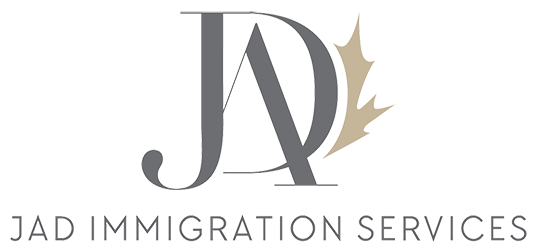When a Canadian citizen or permanent resident wishes to sponsor their spouse or common-law partner for permanent residence, there are two main pathways: Inland and Outland sponsorship. Understanding the difference between these options is crucial — it can affect processing time, travel ability, and work permit eligibility.
1. Inland Spousal Sponsorship (Spouse or Common-Law Partner in Canada Class)
This option applies to couples who are living together in Canada, where the sponsored spouse or partner has temporary status (visitor, student, or worker).
Key Benefits:
- The sponsored spouse can apply for an Open Work Permit (SOWP) during processing.
• The couple can stay together in Canada throughout the process.
• The applicant benefits from ‘implied status’ if their temporary visa expires while the inland application is being processed.
Limitations:
- The applicant should not leave Canada during processing — leaving could cancel the application.
• No right of appeal to the IAD if refused (only Federal Court judicial review).
• Processing times are longer compared to outland applications.
Current processing time: approximately 36 months, based on IRCC’s official data (as of late 2025).
2. Outland Spousal Sponsorship (Family Class)
Outland sponsorship is for couples where the sponsored spouse lives outside Canada or is temporarily in Canada but chooses to process their case through a visa office abroad.
Key Benefits:
- The sponsored spouse can travel freely during processing.
• If refused, the sponsor has the right to appeal to the Immigration Appeal Division (IAD).
• May be faster than inland sponsorship depending on the visa office.
Limitations:
- The applicant cannot apply for an open work permit while waiting.
• Processing times depend heavily on the visa office abroad and may vary based on region.
Current processing time: approximately 13 months, depending on the region (as of late 2025).
3. Comparison Table
| Feature | Inland Sponsorship | Outland Sponsorship |
| Applicant’s Location | In Canada | Outside Canada (or via overseas office) |
| Work Permit Option | Yes – Spousal Open Work Permit (SOWP) | No |
| Travel Flexibility | Limited – avoid leaving Canada | Full freedom to travel |
| Right of Appeal | No (Judicial Review only) | Yes – Immigration Appeal Division (IAD) |
| Typical Processing Time (2025) | ~36 months | ~13 months |
| Living Together During Process | Yes | Optional |
| Processing Office | In-Canada Case Processing Centre | Visa Office Abroad |
4. Choosing the Right Option
When deciding between inland and outland sponsorship, consider your circumstances carefully:
• If your spouse is already in Canada with valid status — Inland may be better.
• If your spouse needs to travel or live abroad — Outland may be more flexible.
• If appeal rights are important — Outland offers access to the IAD.
• If the sponsored spouse wants to work in Canada — Inland allows a Spousal Open Work Permit.
5. Tips for a Smooth Application
- Submit a complete, accurate application with all required forms.
• Include strong relationship proof (photos, joint documents, communication history).
• Ensure medical exams and police certificates are valid.
• Respond quickly to IRCC requests for additional documents.
• Apply for the open work permit at the same time as the inland sponsorship.
6. Final Thoughts
Both inland and outland sponsorships ultimately lead to permanent residence, but choosing the right pathway can make a big difference in your experience. Couples living together in Canada may prefer inland for convenience and work permit options, while those separated by distance may choose outland for faster timelines and appeal rights.
—
Authored by Fatme Ghandour, RCIC-IRB



